Lotus Engineering, the engineering consultancy division of Group Lotus plc, has been
awarded a major industry award for its innovative and technologically leading Versatile Vehicle
Architecture (VVA).
Lotus Engineering won the European Aluminium Award 2006 in the "Transport and
Automotive" category held at "Aluminium 2006" - 6th World Trade Fair and Conference in
Essen, Germany.
At "Aluminium 2006", Versatile Vehicle Architecture technology was demonstrated by the "APX
by Lotus Engineering" prototype vehicle that was first shown to the world at the Geneva
Motorshow earlier this year. The APX (Aluminium Performance Crossover) is the first example
of a complete vehicle built on the innovative Versatile Vehicle Architecture (VVA) – the first
Lotus production car using this technology will be the new Lotus Esprit flagship sports car to
enter production in December 2009.
The innovative VVA technology offers a fast-to-market, cost-effective approach to
differentiated niche products by spreading the development, investment and bill of materials
burden across a range of niche vehicle variants, without the compromise that stems from
conventional 'platform sharing'. The key to the VVA architecture is the extensive use of
Aluminium in the form of high-pressure die cast corner nodes that are combined with extruded
and pressed aluminium via bonding and mechanical fasteners.
The European Aluminium Awards Jury recognised that Lotus used its knowledge in lightweight
materials, such as Aluminium, to its advantage to build the APX, and that Lotus satisfied the
Jury's key criteria of originality, functionality, design, durability and recyclability.
Lotus won this award back in 1996 for the Lotus Elise chassis - at the time a ground-breaking
and innovative technology itself.
More about the European Aluminium Awards
The European Aluminium Awards (EAA) are organised by the EAA , the Gesamtverbandes der
Aluminiumindustrie (GDA)., the Dutch Aluminium Centrum, and "Aluminium 2006" - 6th World Trade Fair and
Conference and supported by global players of the aluminium industry : Alcan, Alcoa, Corus and Hydro
Categories of the European Aluminium Award 2006
"Aluminium End Product Award", aimed at the customers of aluminium and presents three prizes for
· Design
· Innovation
· Environment & Sustainability
"Industrial Innovations Award" aimed at the three main application areas of aluminium:
· Transport & Automotive
· Building & Construction
· Machinery & Electronics
The jury consisted of:
· Prof. Laurens Katgerman, Technical University Delft, Netherlands (Chairman)
· Ms. Roberta Bordiga, Editorial staff Edimet, Aluminio e Leghe Italy
· Mr Eur.Ing. Steve Harmer BSc, The Institute of Materials, UK
· Mr Elmar Schueller, Vice-President Red Dot, Germany
· Mr Rein van de Velde, Aluminium Centrum, Netherlands (secretary)
The jury, in the assessment of the entries took the following criteria into account:
· a) Originality and functionality of the use of the materials; he degree to which the metal aluminium is
used in an original and useful manner.
· ![]() Functionality of the product; the degree to which the part meets both its primary user function and
Functionality of the product; the degree to which the part meets both its primary user function and
and its technological function. The functional combination of the use of materials, construction and
ergonomic adjustments
· c) Design; the degree to which the total design reaches a harmonic unity or a solution. In particular
the construction and assembly of the designed product and the details of the shape, all this in
relation to the material used.
· d) Durability; in relation to the life cycle costs.
· e)Recycling; the possibility to recycle the applied materials.
· f) Representational and promotional value for aluminium.
More about Lotus Versatile Vehicle Architecture (VVA) and the APX by Lotus Engineering
Lotus Versatile Vehicle Architecture (VVA) has been developed to bridge a gap in the investment-volume
curve to exploit the benefits of producing at medium volumes but for niche markets, thereby giving the best
chance of business case success and favourable returns.
The philosophy of VVA is based on the commonality and versatility of key elements of the vehicle structure
and body systems across a 'family' of niche vehicle variants, with a combined annual production rate of up to
around 50,000 units. Structural components common to each family member are arranged in different
configurations in each variant around the ingenious corner nodes.
The great advantage of this technology is that it can be used by one OEM looking to develop a range of niche
products, or by a group of OEMs looking to share investment, but still retain a high degree of end product
separation.
APX is a demonstration of Lotus Engineering's ability to create innovative and exciting, high performance
products through its world class capability in Vehicle Design, Performance Powertrain Engineering and niche
vehicle development, the first production car from this technology will be the new Lotus Esprit flagship sports
car to enter production in December 2009.
It is a 7-seater (in reality a 5 + 2 with the two rear seats being occasional) four-wheel drive "Crossover"
vehicle with a front mounted 300 hp supercharged V6 petrol engine. Weighing in at just 1570 kg and with a
power to weight ratio of 191 hp per tonne, the APX has sportscar like performance of 5.4 seconds to 100
km/h (5.0 seconds to 60 mph) before reaching a top speed of 245 km/h (152 mph). These performance
figures are as good as the highest performing 4x4 "Crossover" vehicles from other brands with up to 195 hp
per tonne. Crucially though, whereas those vehicles need higher output engines to compensate for heavy
weight, APX does not. Combined fuel consumption for APX is estimated to be 8.7 litres / 100 km (or 32 mpg)
– impressive on its own and more so when compared to its production rivals which often consume more than
13 litres per 100 km (22 mpg).
APX is manufactured predominantly from aluminium in the form of high-pressure die-cast corner nodes,
stampings and extrusions. It uses advanced assembly techniques, including adhesive bonding, self-piercing
rivets and flow-drill screws for construction – joining techniques that Lotus calls Riv-Bonding. Lotus has
optimised the use of these technologies thus significantly reducing the number of mechanical fixings within
the monocoque structure. This has reduced the level of investment required in manufacturing equipment.
Example VVA families
The following represents illustrative VVA families that could be achieved:
Family A
· Front engine 4WD crossover 15,000 / year
· Mid engine RWD supercar 5,000
· Front engine RWD coupe 10,000
· Front engine RWD saloon 20,000
Family B
· Front engine FWD coupe 10,000
· Front engine 4WD SUV 25,000
Family C
· Mid engine RWD coupe 5,000
· Front engine FWD saloon 25,000
· Front engine 4WD crossover 30,000 – i.e. APX by Lotus Engineering
About Lotus Engineering
The main operating subsidiary of Group Lotus plc is Lotus Cars Ltd, which has two operating divisions –
Lotus Engineering and Lotus Cars.
Lotus Engineering is an internationally recognised automotive engineering consultancy based in Norfolk, UK.
Its global facilities include those in Michigan, USA and Kuala Lumpur, Malaysia, and offices in Germany and
China. Lotus Engineering provides comprehensive and versatile consultancy services to many of the world's
OEMs and Tier 1 suppliers, offering a full engineering service from initial concept and project design through
development to full production. This includes 3rd party "niche vehicle" engineering and manufacture
worldwide.
Lotus Cars builds and sells Lotus sports cars, Elise, Exige and Europa; and manufactures the advanced
composite front and rear crash structures for the Aston Martin V12 Vanquish.




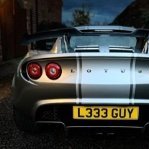
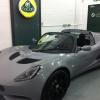
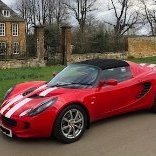
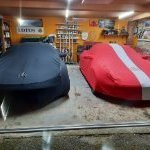


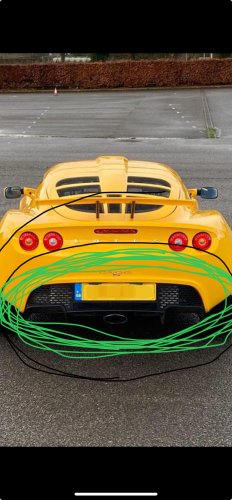
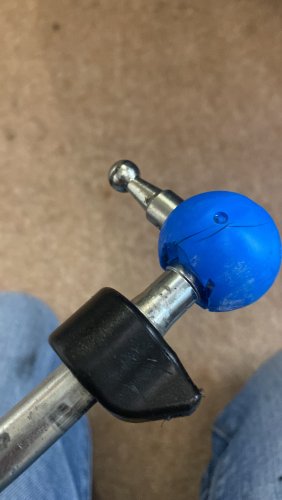
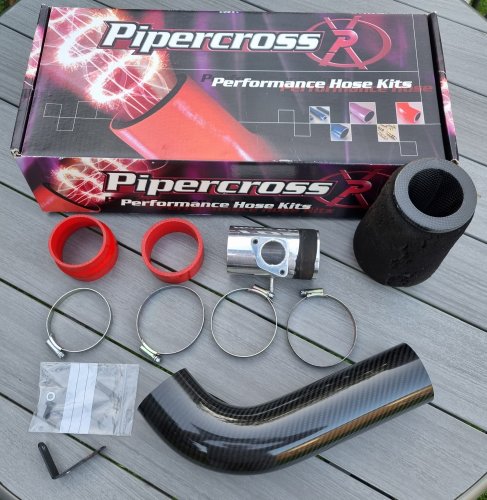
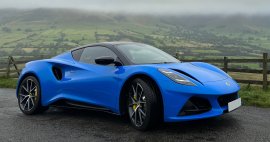
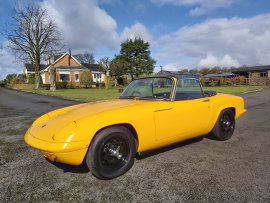
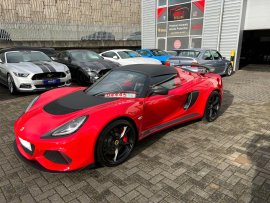

Recommended Comments
There are no comments to display.
Join the conversation
You can post now and register later. If you have an account, sign in now to post with your account.